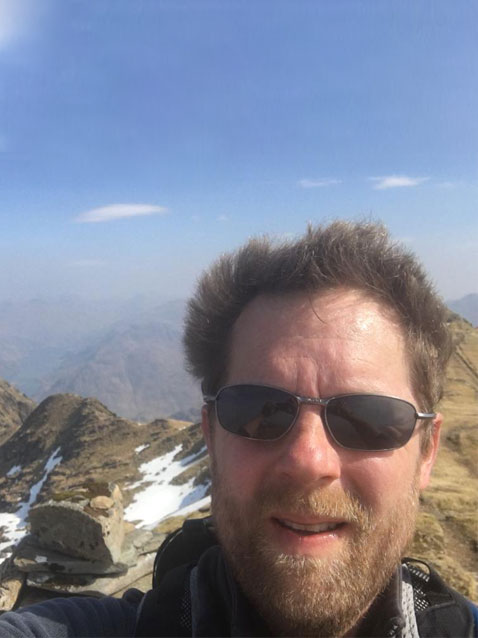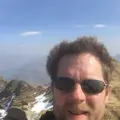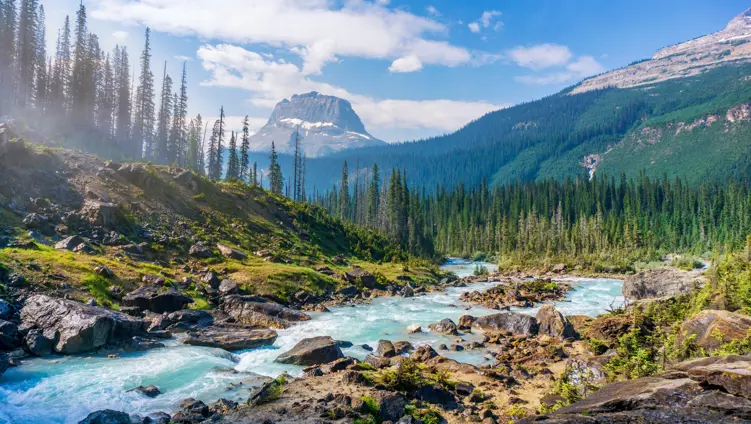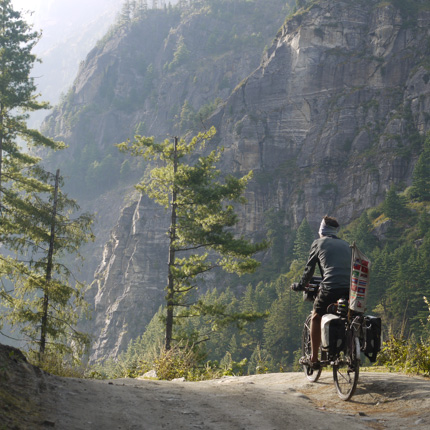Published on 31st March 2019
Guerrilla geographer and creative explorer Dan Raven-Ellison talks to Ben Willis about the importance of wild cities and his campaign to make London the world’s first national park city








